Everything you need to plan your perfect stay – a massive list of the best tourist attractions and things to do in Kyoyto.
Kyoto (京都市) is one of the most amazing cities in the world. It’s quite easy to find a temple more than a thousand years old, and right next to it the craziest cyber café or gambling hall. Truth be told, I honestly couldn’t think of any city more versatile than Japan’s former capital. There are just so many things to do in Kyoto and the city certainly is an integral part of my Japan itinerary.
Note: This Kyoto travel guide was last updated in July 2019
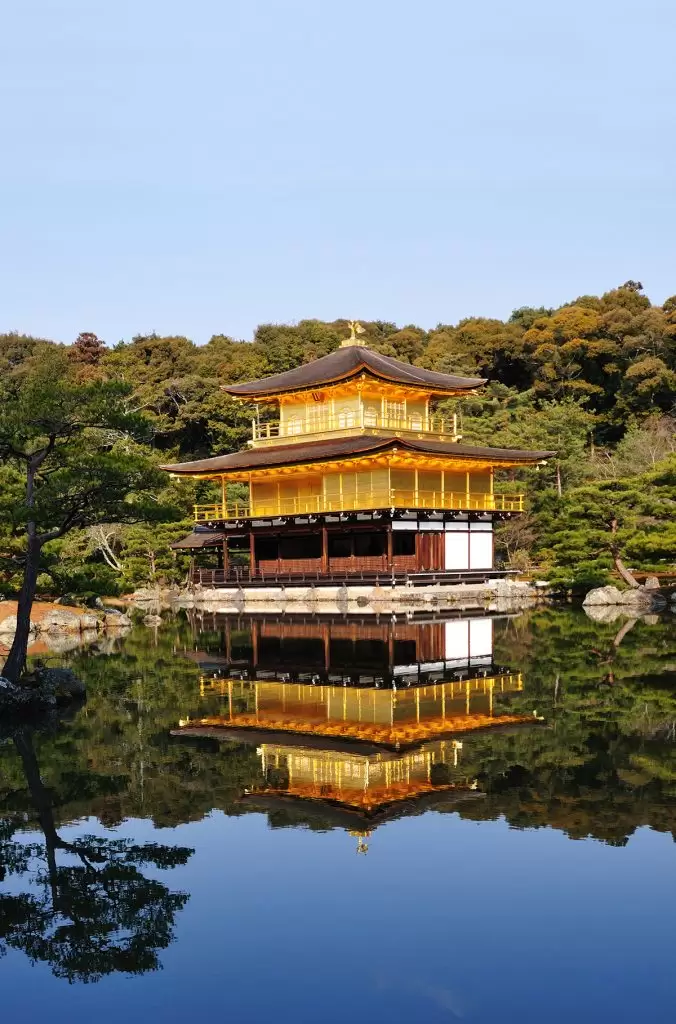
And it is not just the city of Kyoto itself. The whole Kansai region offers you beautiful day trips you will remember a lifetime. Everything seems to be picture perfect. The gardens (small and large), the temples and shrines, the hotels, and especially the food. 17 unique sites in Kyoto form one gigantic World Heritage Site, while there are 95 Michelin-starred restaurants to dine at.
It is close to impossible to not fall in love with Kyoto. But since there are so many tourist attractions in Japan’s culture capital, you really have to plan ahead. It’s quite easy to spend a week in the mega-metropole without ever feeling bored. I compiled this list of things to do in Kyoto so you will have a good starting-point. Feel free to do your own research, and definitely, buy a guide book or two! The Lonely Planet Kyoto Guide is quite good, but pick whatever brand you are accustomed to!
Note: I get commissions for purchases made through links in this post.
1. Climb Fushimi Inari Shrine
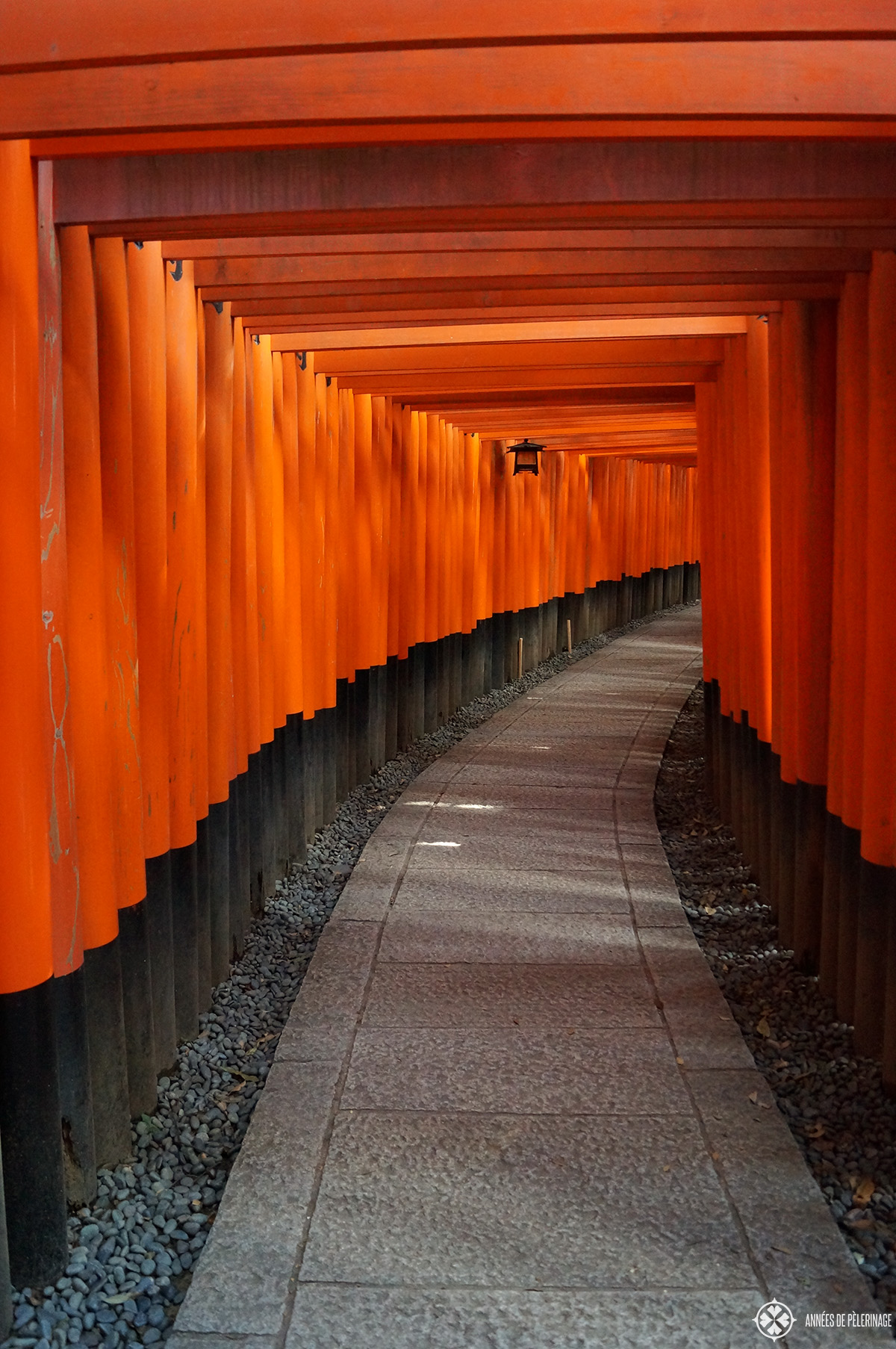
It is a tough decision, but if there is one thing you absolutely need to do in Kyoto, then it is visiting the Fushimi Inari Shrine (伏見稲荷大社). Located on the slopes of the Inari Mountain, this temple consists of kilometers upon kilometers of crimson corridors.
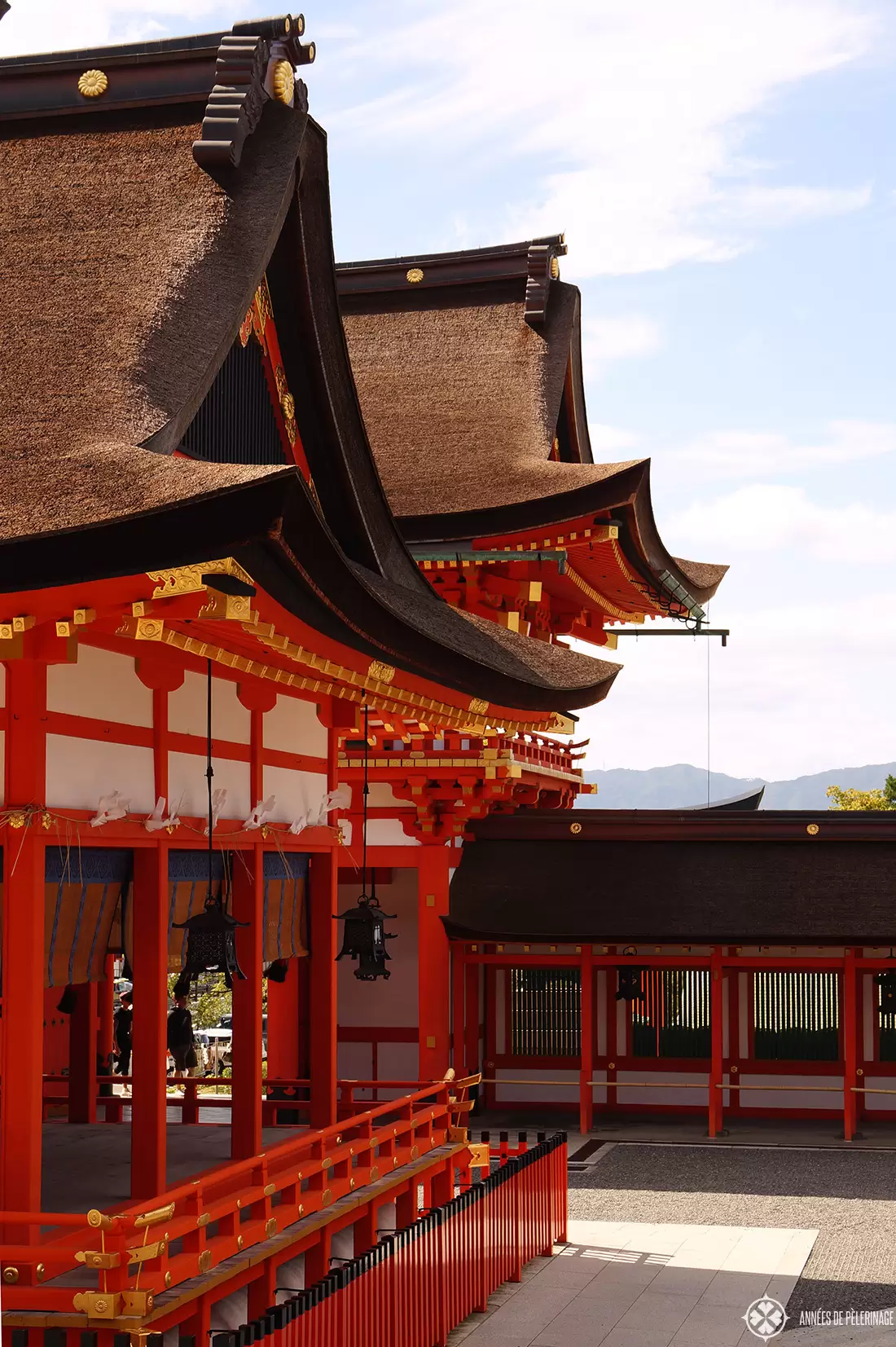
Each single torii (how the red gates are called in Japanese) was donated by a business. There are literally tens of thousands. The shrine can be a bit busy in the lower regions, bust just climb further up the hill to enjoy a quiet moment. (For full details read my guide to Fushimi Inari Shrine).
Pro tip: From the top, you can enjoy a beautiful view of Kyoto. And do eat the famous Kitsune Udon (noodles with fried tofu) at one of the many restaurants along the paths.
2. Go Geisha “hunting”
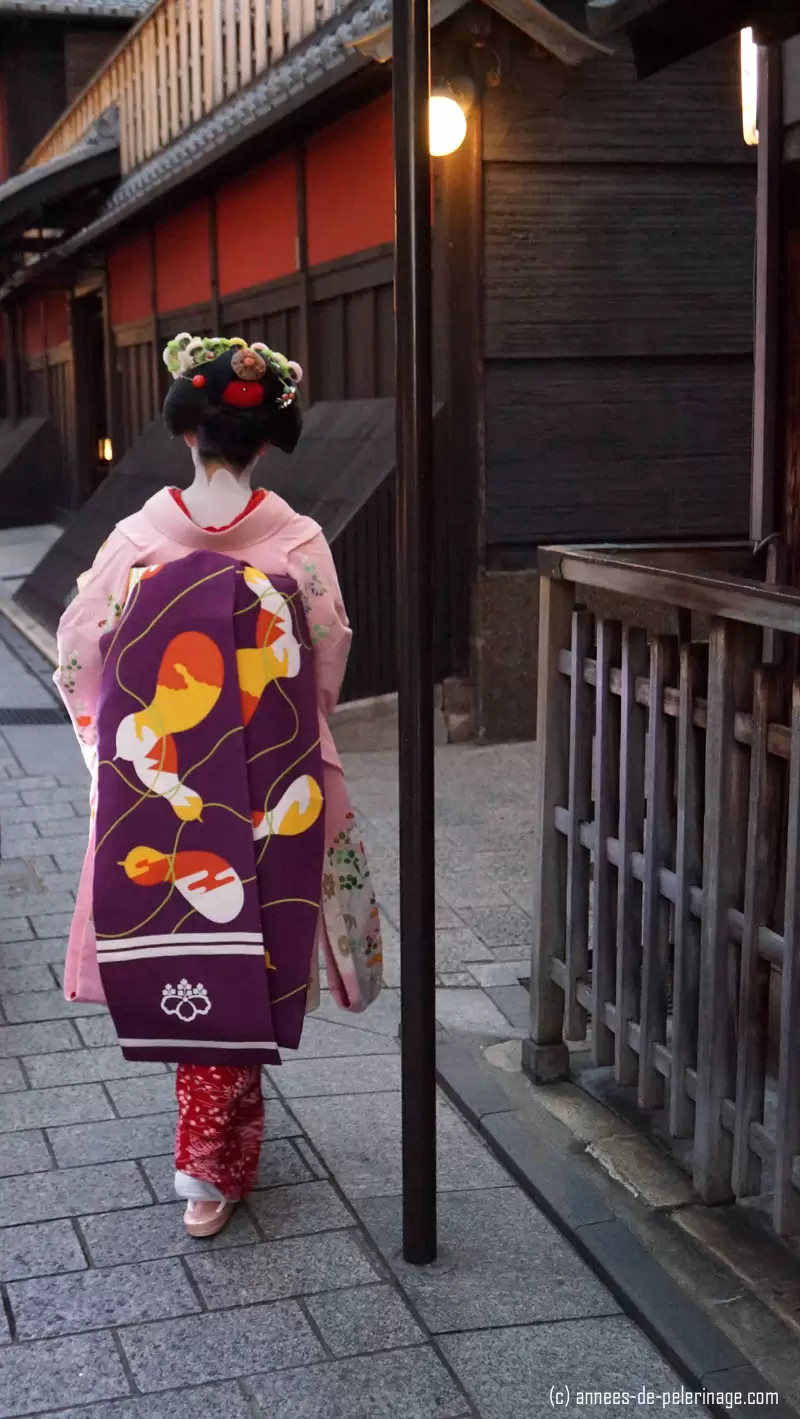
Kyoto’s flowers bloom all year and they are called geishas. The almost mystic entertainers are the very epitome of Kyoto’s ancient culture. Not many of them are left and so they are quite hard to spot. Your best bet will be the back alleys of Gion around dusk. (read my guide to Geisha watching to increase your chances!!).
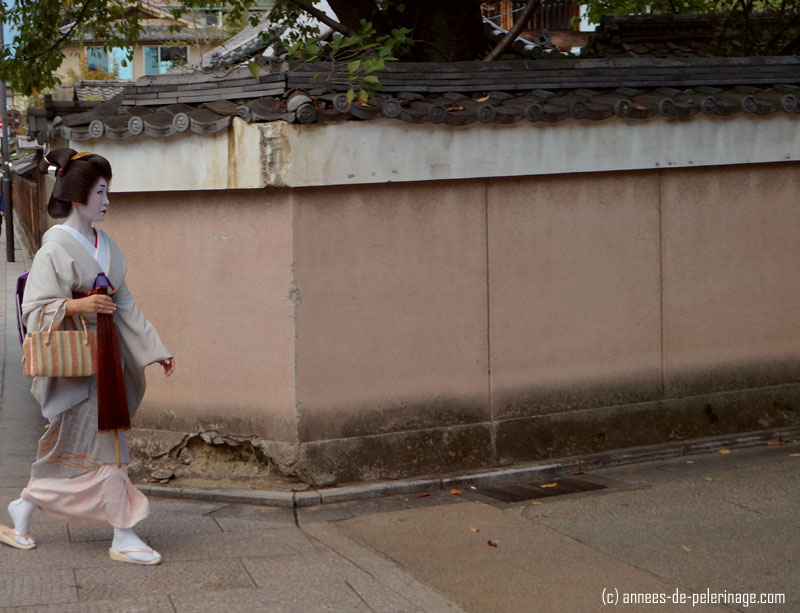
Pro tip: If you don’t want to sound the illiterate foreigner, do call them geiko (or maiko for the young apprentices). Oh, and always treat them respectfully.
3. Visit the Kiyomizu-dera
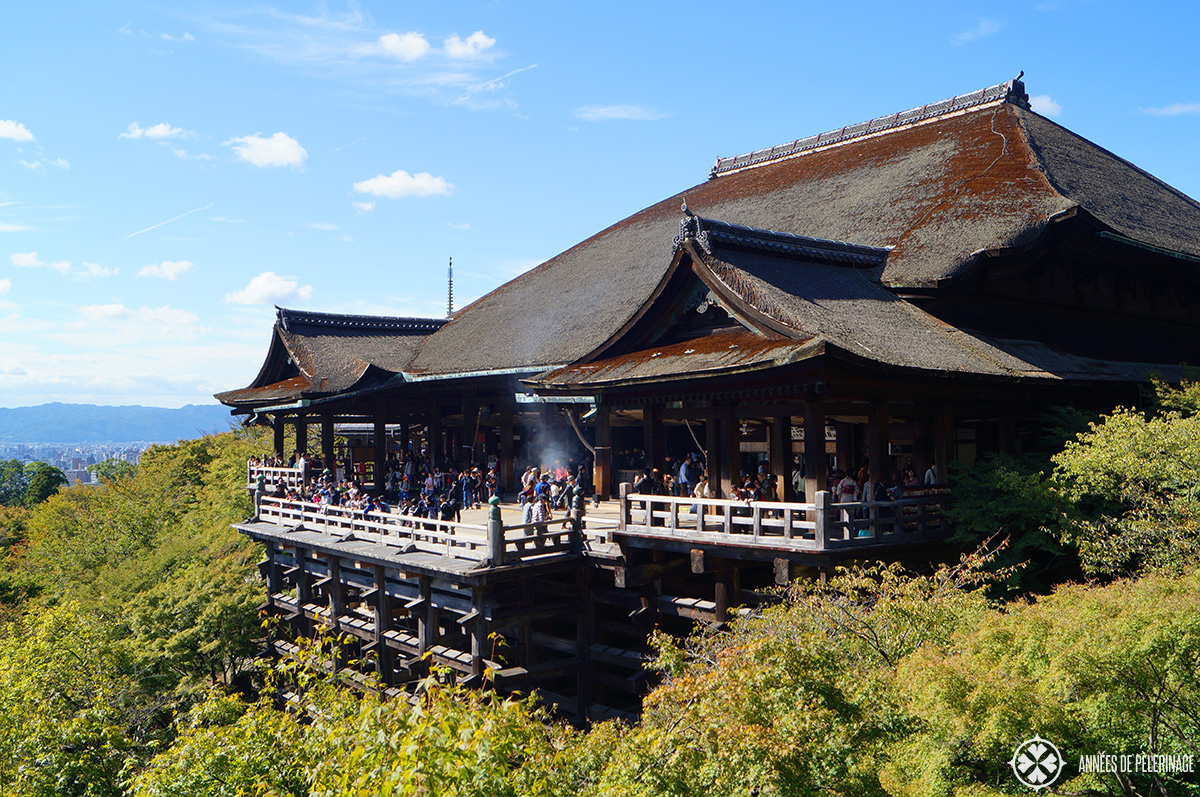
The Kiyomizu-dera (清水寺) is a gigantic Buddhist temple on the outskirts of Kyoto. The temple is abutting a small hill and a huge terrace was built to make up for that. Definitely walk beyond the halls of the temple to enjoy the classic postcard view! Make sure to read my article on Kyomizu-dera, so you don’t miss any of the highlights.
Pro tip: Visit in autumn when all the leaves turn into fabulous golden hues.
4. Take a picture of Kinkaku-ji
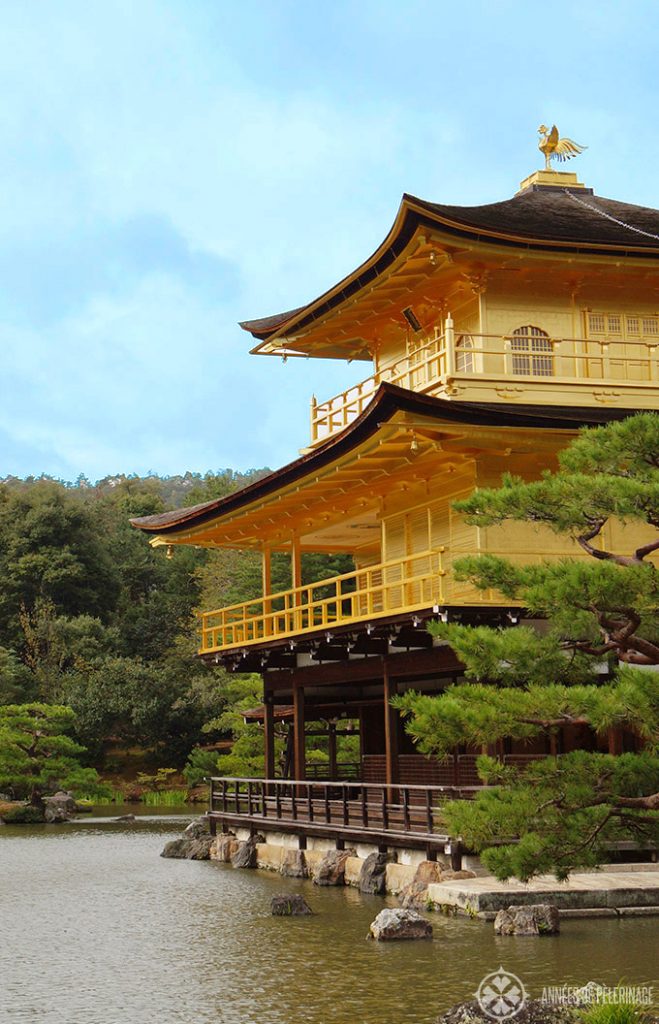
Even if you’ve never heard of Kyoto, chances are high you’ve seen a picture of Kinkaku-ji (金閣寺). The golden temple is so beautiful it almost seems surreal. The outer walls are completely covered in gold, creating a sparkling vista hard to escape. I wrote a little article about Kinakuku-ji, so make sure to read it if you want to know more about this fascinating structure!
Pro tip: You cannot go inside Kinkaku-ji. But there is quite the lovely garden around Kinkaku-ji and even a tea house.
5. Visit Ginkaku-ji
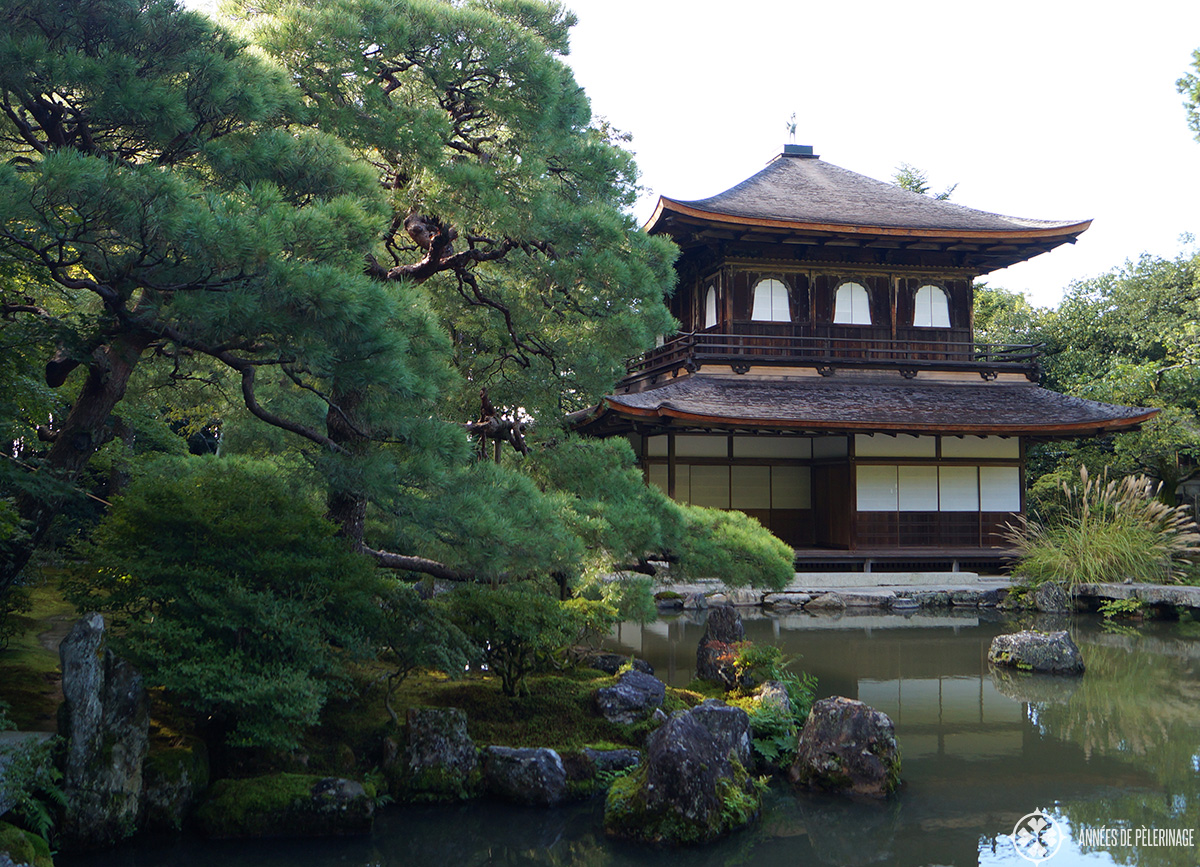
Kinkaku-ji has a brother: It’s called Ginkaku-ji (銀閣寺), which translates roughly to silver pavilion. Originally this temple was intended to be covered with silver. These plans never came to fruition – what remains is still an amazing piece of architecture (a little less gaudy than its brother). Ginkaku-ji is also quite famous for its garden.
6. Have a Zen moment at Ryoan-ji
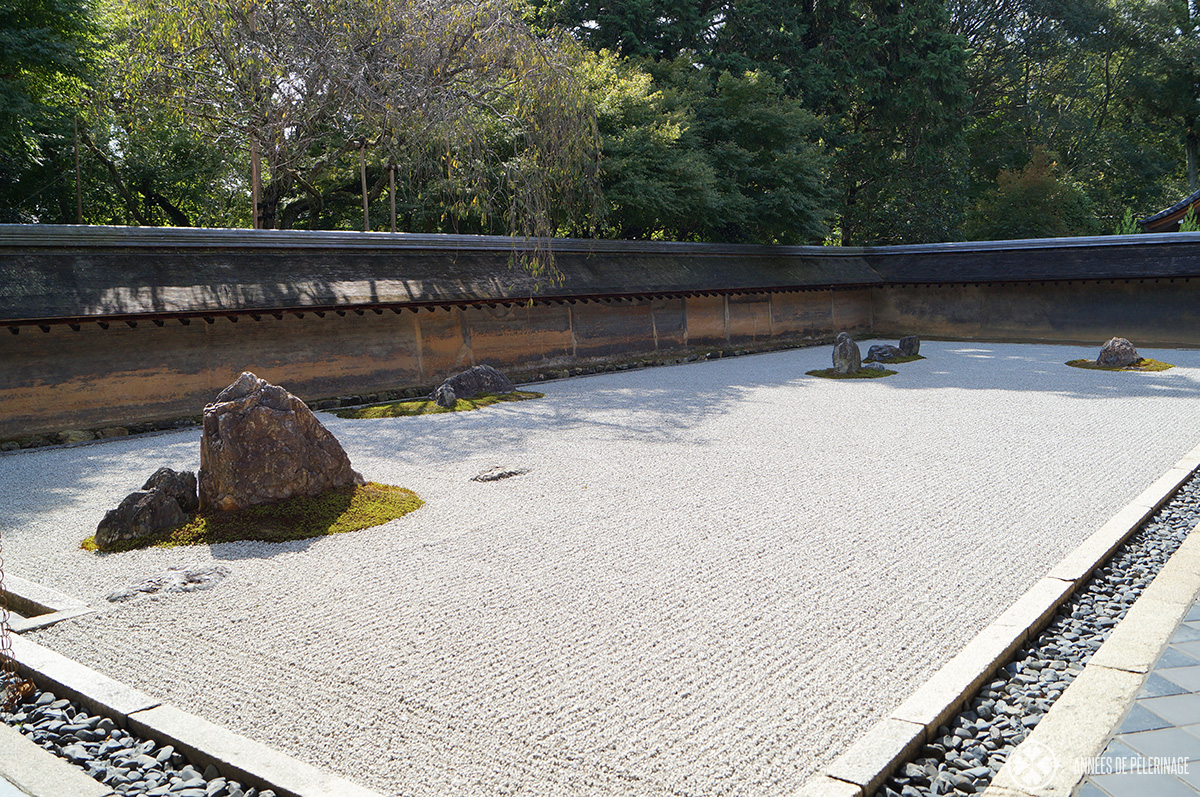
Zen is a Buddhist movement particularly strong in Japan. If you want to have your own Zen moment, you definitely have to visit the Ryoan-ji (龍安寺). The temple features a magnificent dry landscape rock garden (karesansui), fabled for its utter serenity.
Pro tip: 15 stones are perfectly arranged around moss patches in the Zen garden. Sitting in any spot on the veranda, you will always only see 14. Do try it out!
7. Visit the Katsura Imperial Villa & gardens

Now this might be personal preferences, but the most beautiful spot in Kyoto is the Katsura Imperial Villa (桂離宮). At the first glance, it is “only“ an extremly beautiful garden with rural tea houses. Mind you, these simple teahouses (which are in fact anything but simple) are breathtaking. But at the very heart of it stands a sprawling imperial villa from the 17th century.
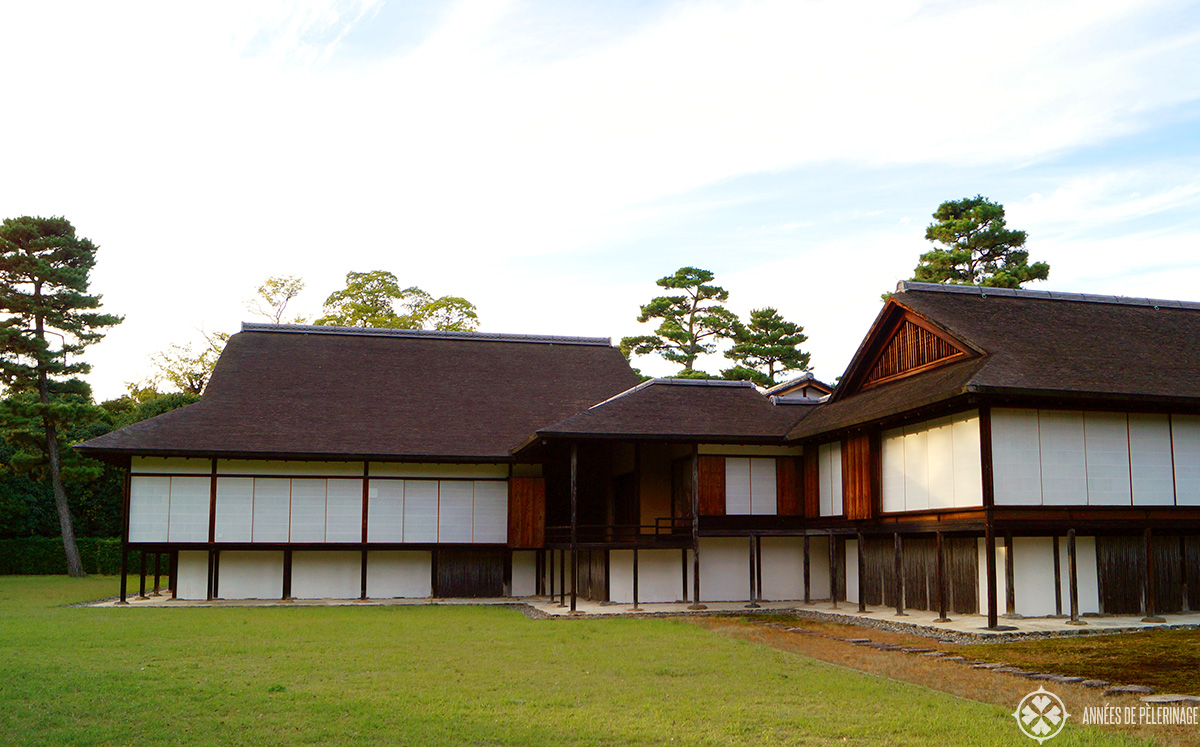
And it is this utterly minimalistic villa that impressed me the most. On my first visit, I was quite literally close to tears. I just couldn’t handle that beauty. While in Europe, golden splendor like Versaille stood in its prime, prince Toshihito built a palace of simple lines reflecting a refined taste. A place for silent introspection and thoughtful contemplation. So futuristic for its time. Do visit!
Pro tip: You absolutely need to get your tickets for the imperial villa before your visit. Do so via the Imperial Household Agency. You will need your passport.
8. Visit Nijo-jo Castle
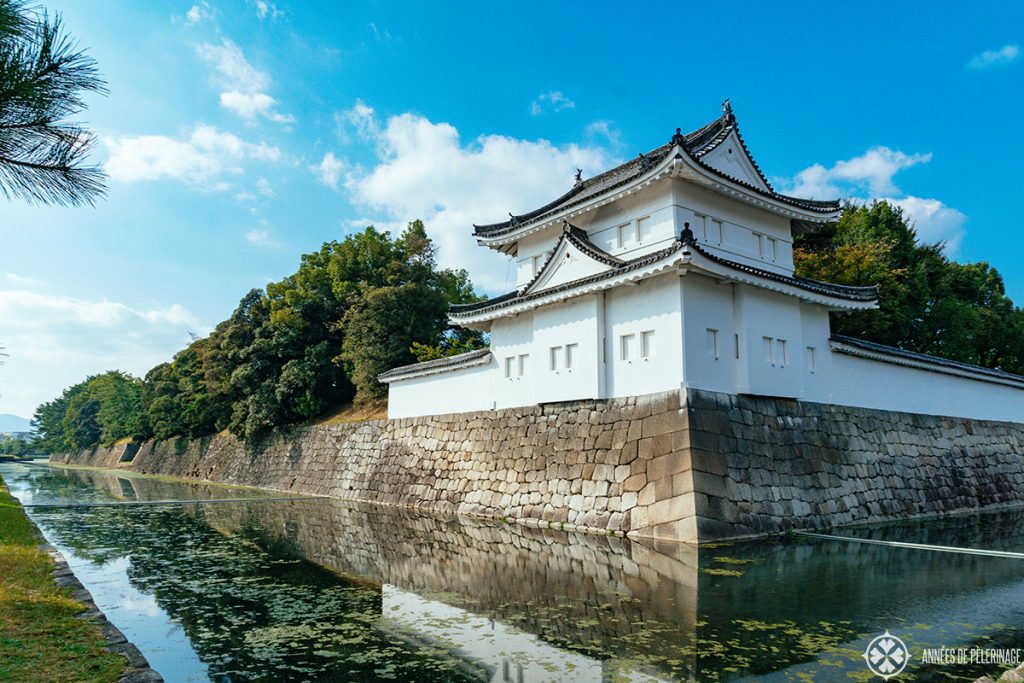
Nijo-jo Castle (二条城) is an outstanding flatland castle in the middle of Kyoto. The ancient structure is part of the UNESCO World Heritage Site of Kyoto and was once the official residence of the shoguns when they were in the city. Together with the wonderful gardens, the castle gives intimate views into the courtly life of 17th century Japan.
9. Get lost in the Arashiyama Bamboo Grove
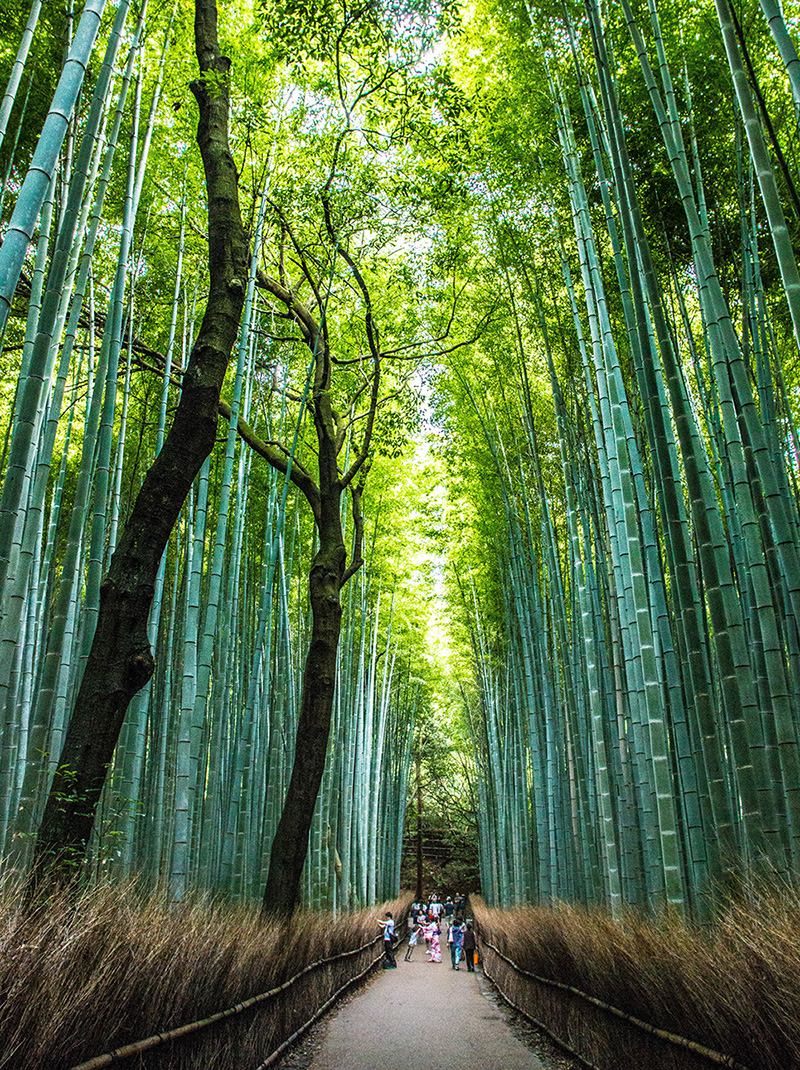
The Arashiyama Bamboo Grove is another of these postcard motives Kyoto is so famous for. A perfectly tailored bamboo forest you cannot ignore. There is actually more than bamboo to Arashiyama. Inside the public gardens monkey can be seen and in spring the huge bridge spanning the Ōi-river is a favorite spot to watch the cherry blossoms.
Pro tip: Walk all the way through the grove, and you will find the outstanding Okochi-Sanso villa.
10. See Byodo-in Temple
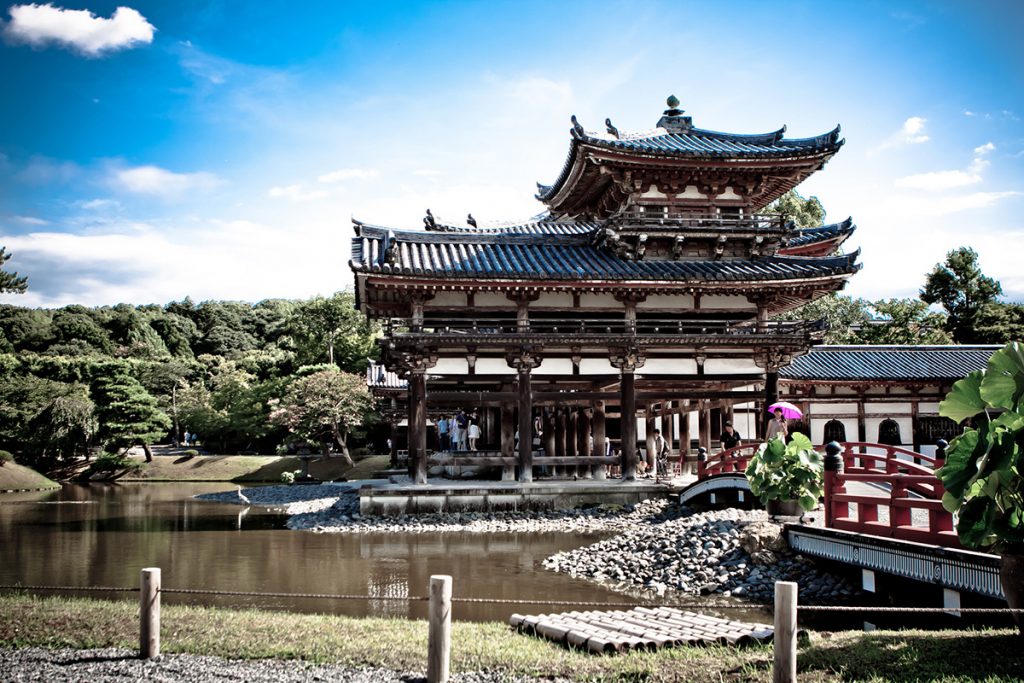
Byodo-in (平等院) is one of the oldest temples in Kyoto. Originally built in 998 AD as a courtly villa, it got transferred into a temple a couple of years later. The temple is peacefully resting along the shores of a small artificial lake. Utterly beautiful.
Pro tip: Check your 10 yen coins. You will find an image of the Byodo-in on one side.
11. Walk along the Path of Philosophy
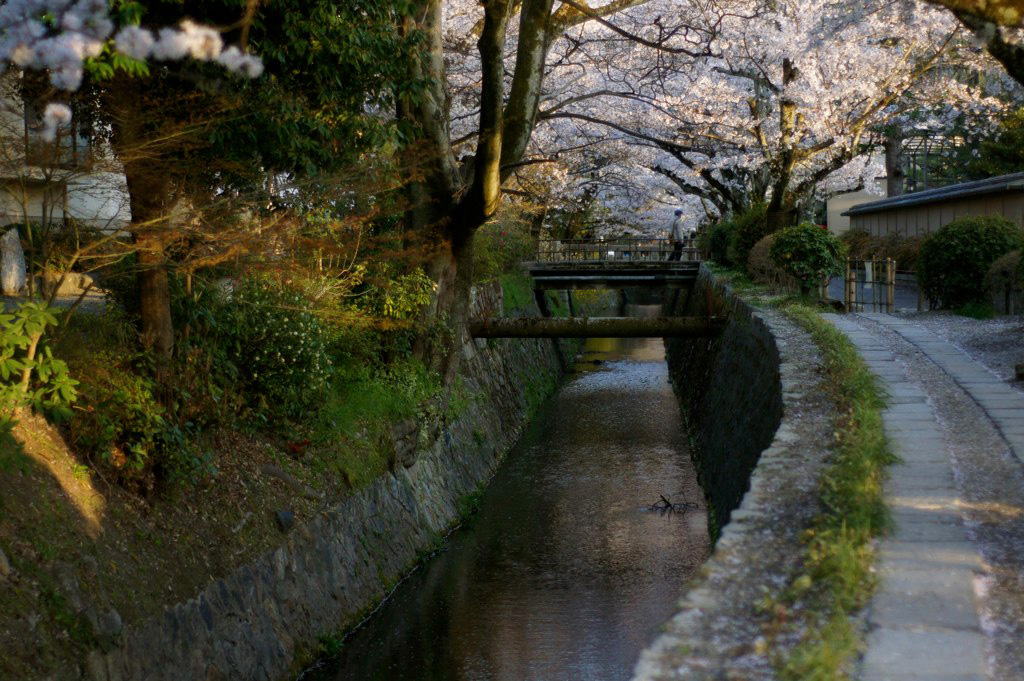
The Tetsugaku-no-Michi (哲学の道) is one of the most beautiful, if not the most beautiful walk in Kyoto. It was named for a Kyoto University professor who walked along the channel each day for meditation. Plan roughly 30 minutes to do the walk – or take your time and visit the many shrines along the way.
Pro tip: A must see during cherry blossom season; Do go at night when the path is illuminated by artificial lights to avoid the crowds.
12. Get off the beaten paths at Honen-in Temple
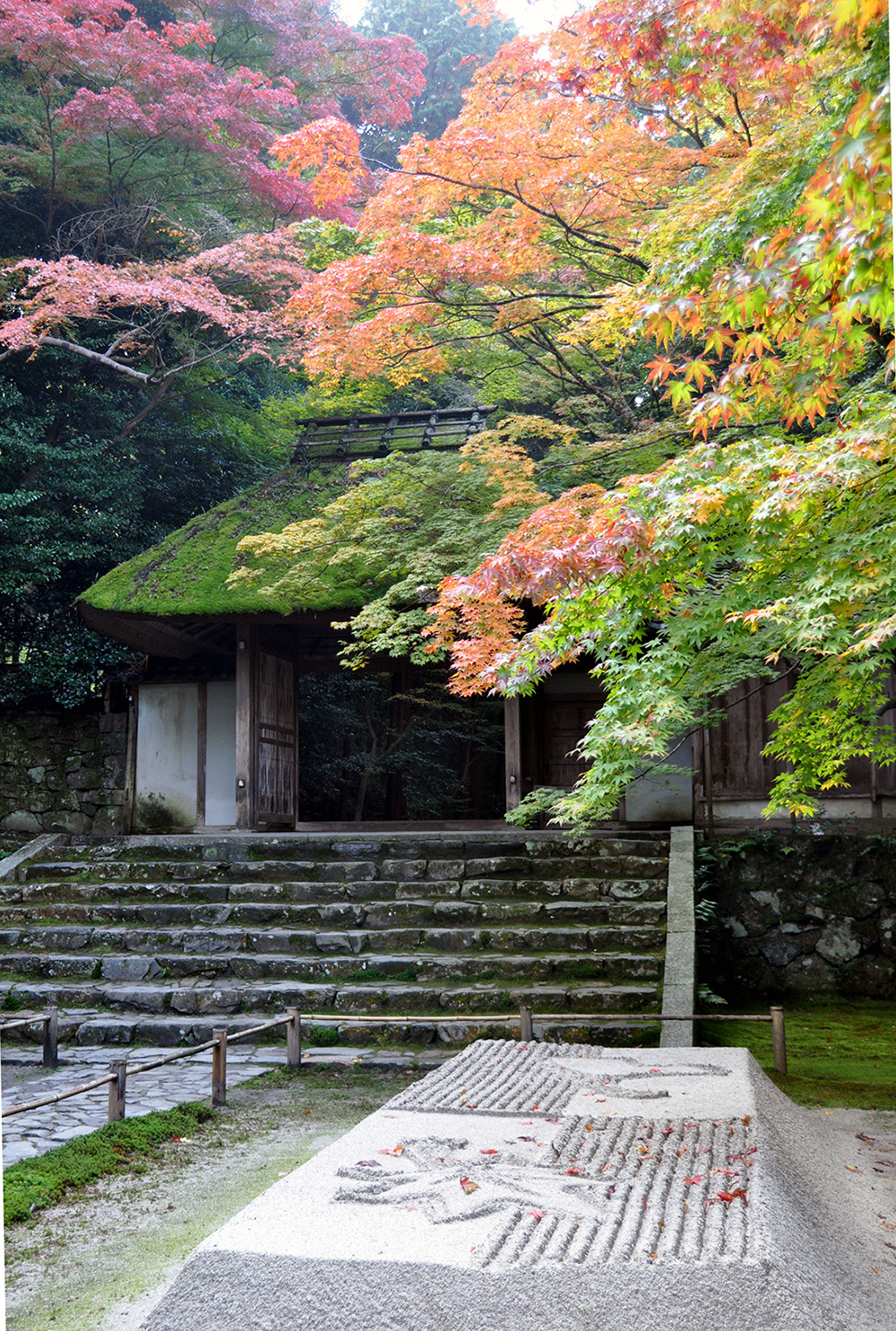
Honen-in (法然院) is one of the most serene temples in Kyoto, yet it seldom appears on any list of things to do in Kyoto. Which is quite the shame, because the moss covered approach to the quiet little temple is nothing short of spectacular.
Pro tip: Unlike the gardens, the main hall is only open from 1-17 April. Then the camellias are in full bloom. Also, open during 1-7 November when the maples turn red.
13. Be amazed by Chion-in Temple
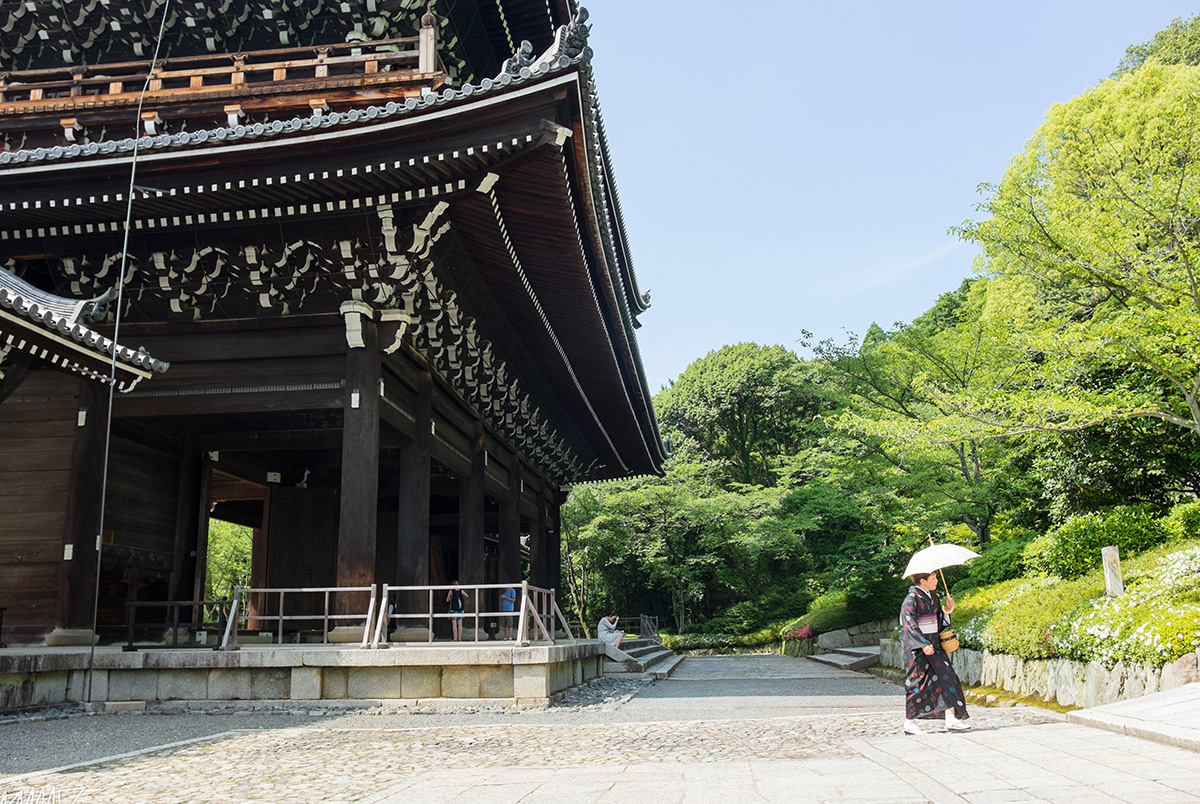
Chion-in Temple (知恩院) is vast. And with vast I mean gigantic. The original temple was built in 1234 but burned town in the 16th century. What you see today is a reconstruction from the middle of the 16th century. Do look out for the roof crests of the temple, where you can still the see family crest of the Tokugawa shoguns. In most other places around Japan, they got replaced by the imperial seal.
14. Do a day trip to Nara
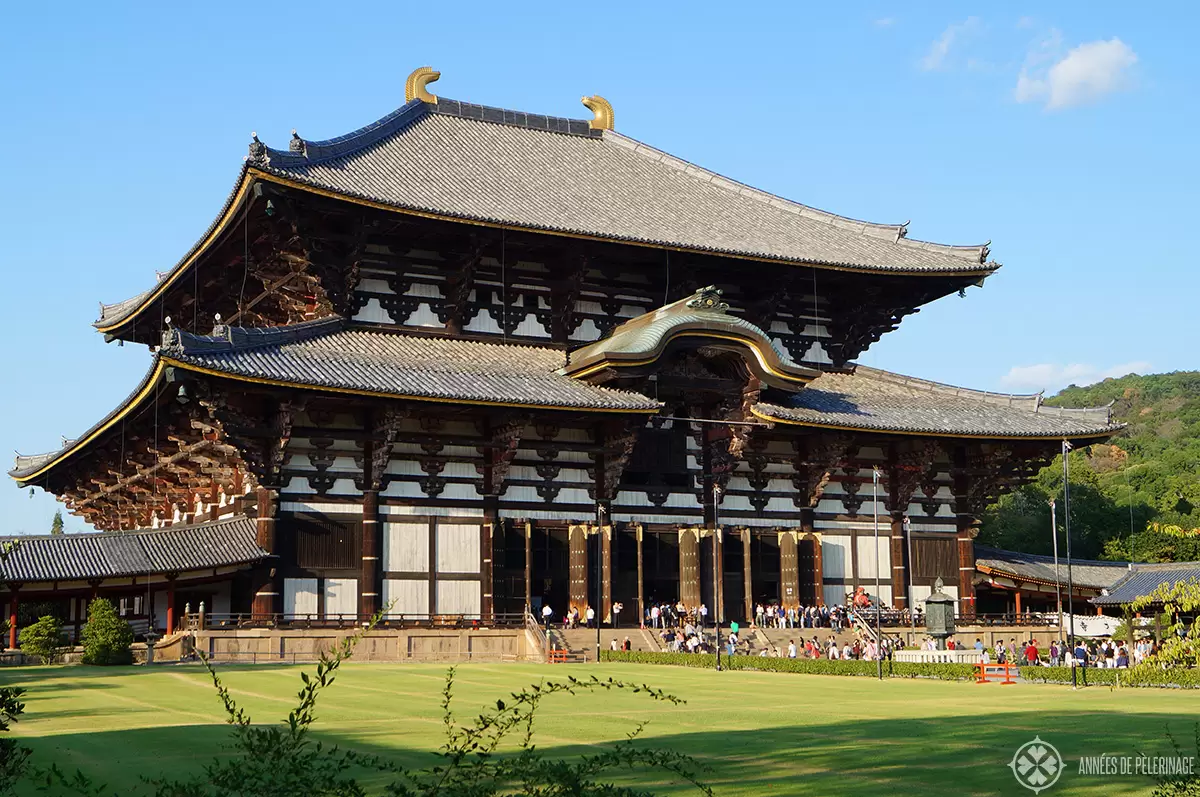
Kyoto is often called the thousand-year capital. It truly was the capital of Japan for that long, until the Meiji government moved the capital to what is today known as Tokyo. But before all that, from 710 to 794, the small city of Nara was the capital of Japan. The so-called Nara Period was an era of cultural bloom. Even more than 1,300 years later, the city is one gigantic testament to the treasures of that time with so many beautiful temples and shrines.
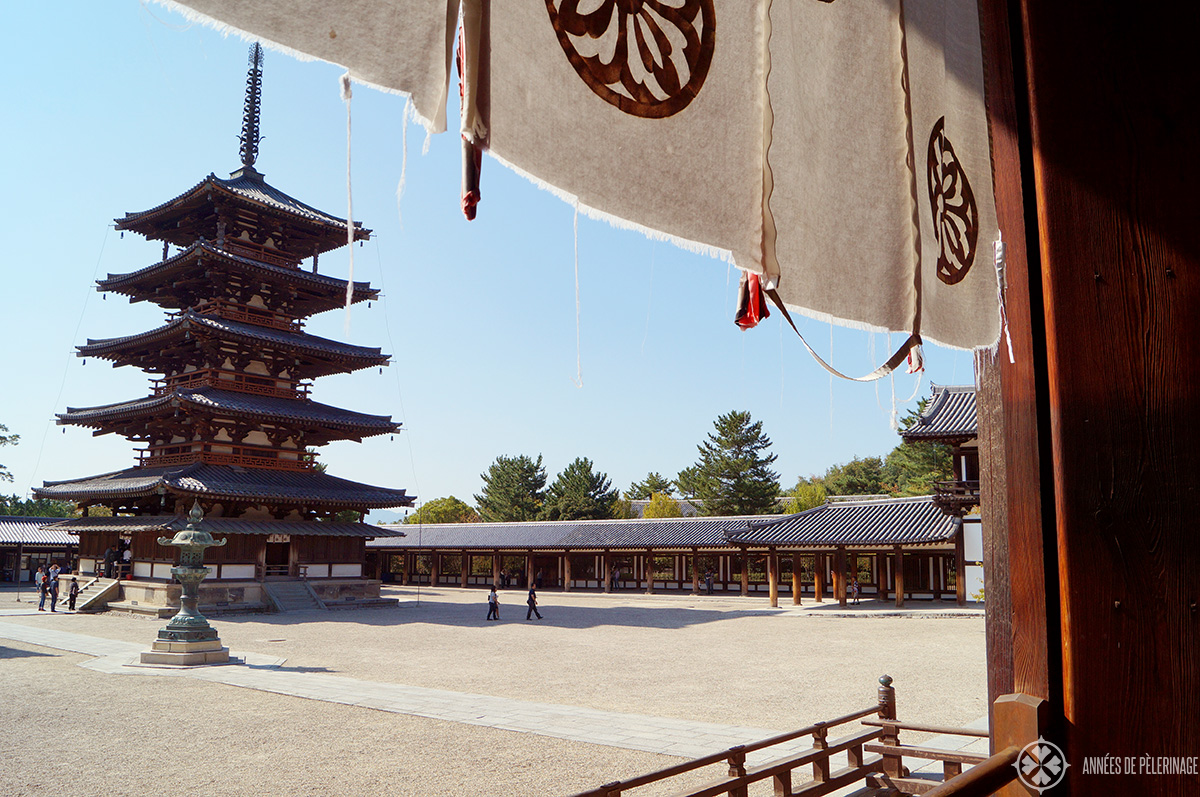
There is so much to see in Nara that you should consider staying a night or two. The two main highlights are the Todai-ji (the biggest wooden temple in the world), Horu-ji (the oldest wooden structure in the world), and Kasuga Taisha, the temple of the 10.000 lanterns. I wrote a super detailed guide to Nara you don’t want to miss. If you just want to do a day trip, read this article.
Pro tip: There are tame deer all over the city. Street vendors sell treats to attract them at every corner so you can take your perfect picture.
15. Wander through Gion
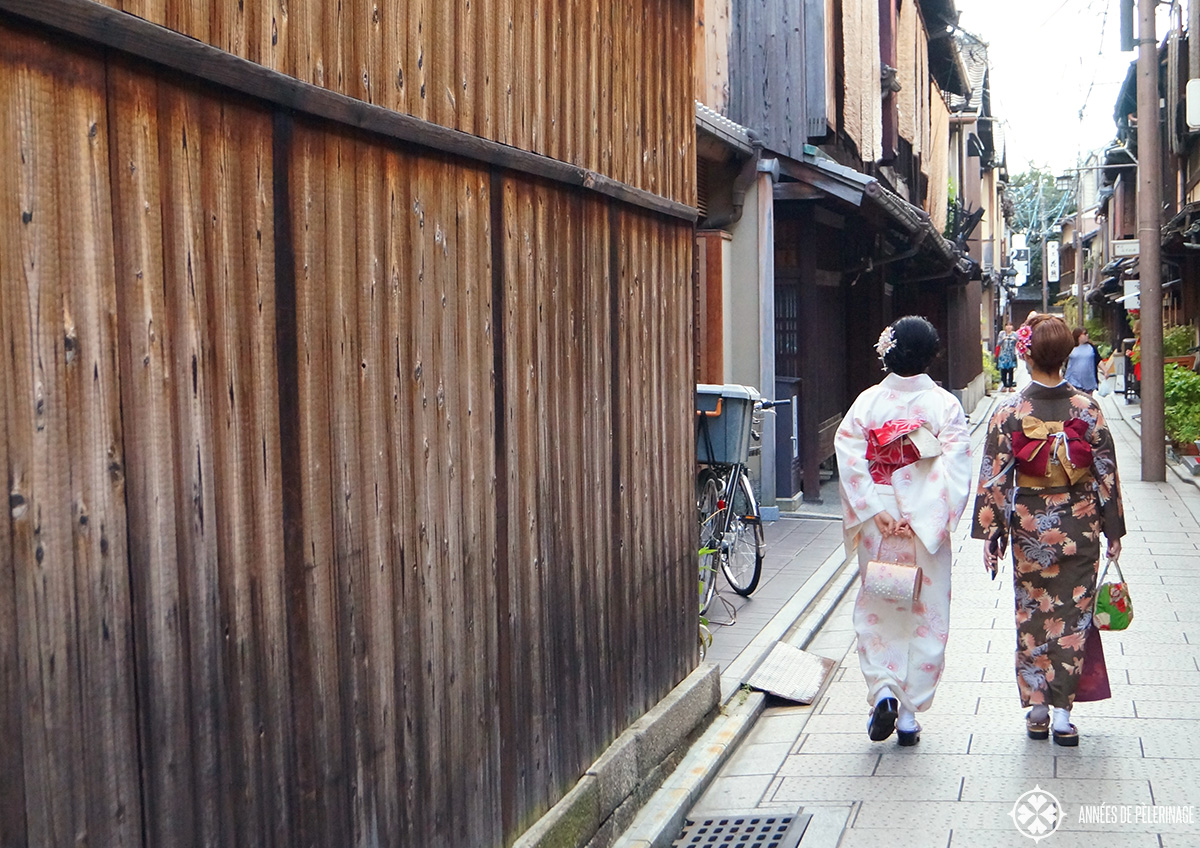
Gion is the very heart of Kyoto’s Geisha culture. Countless ancient tea houses are sprinkled all over the narrow alleys of the district. You certainly should not only head there to get a chance to see a real Geisha. There are also wonderful antiquity shops in the quarter where you can buy an authentic souvenir.
16. Visit the Imperial Palace
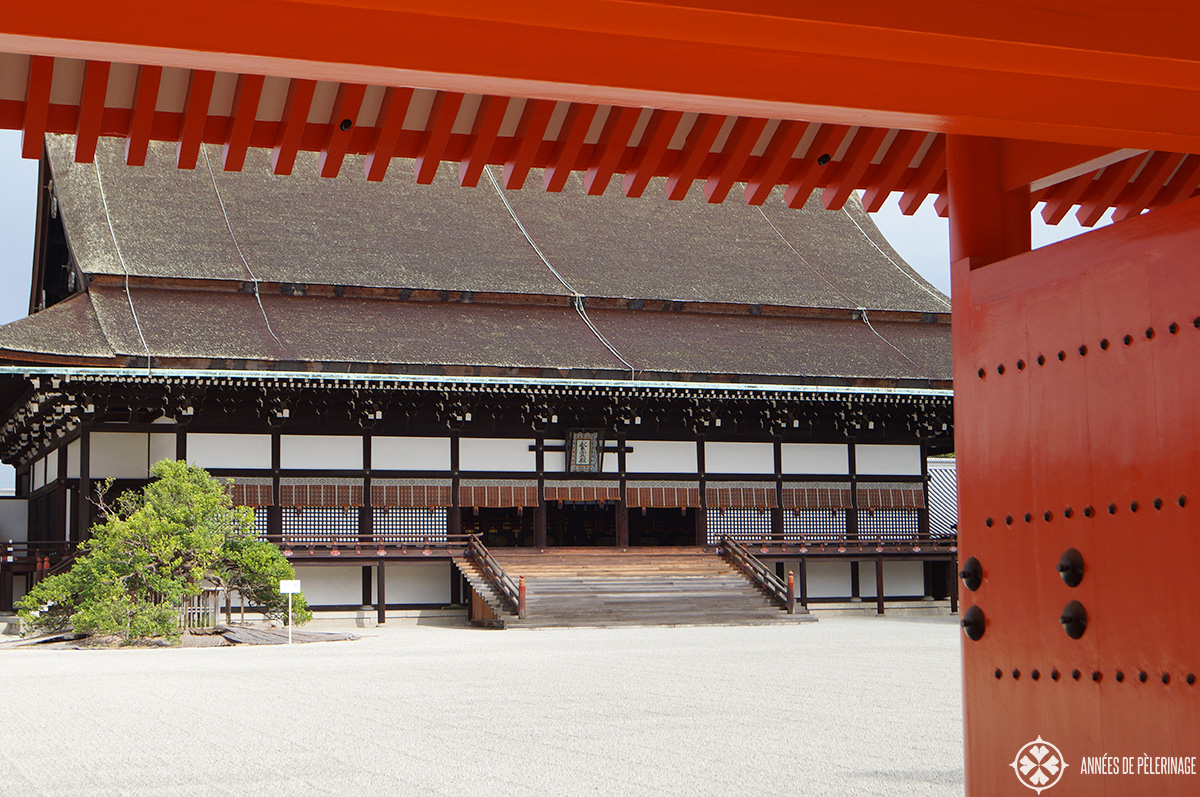
Unlike the Imperial Palace in Tokyo, the one in Kyoto actually retains its original wooden halls. It’s quite the sight to behold! Now, you will need to apply for tickets at the imperial household agency (the office is closed on Mondays), but it is totally worh it
17. Attend a tea ceremony
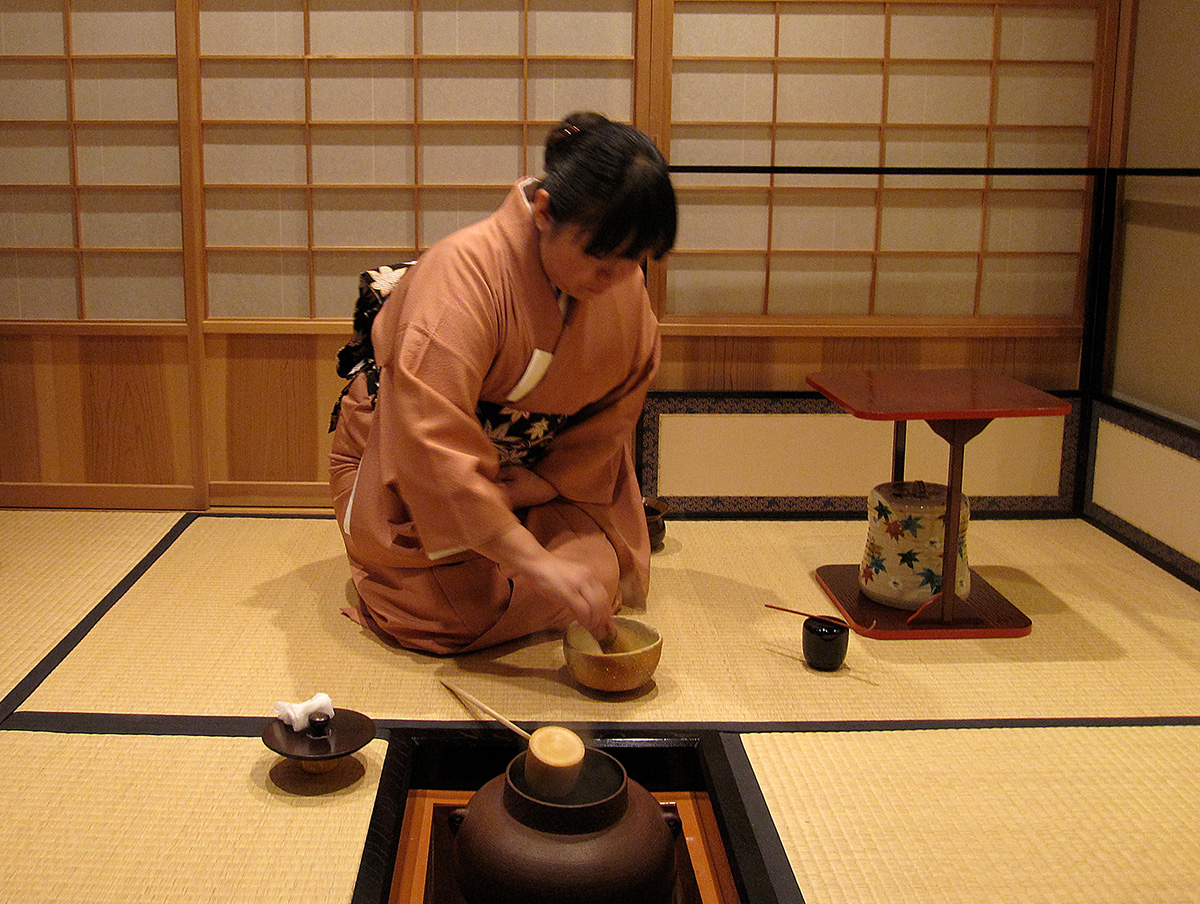
Japan is famous for its tea ceremony. Probably nowhere else you will get the chance to attend this formalized ritual in a better way than in Kyoto. Tea houses can be found in almost every garden and special arrangements can be made to have a tea master (or even a geisha) introduce you to this ancient art form.
18. Host an ozashiki
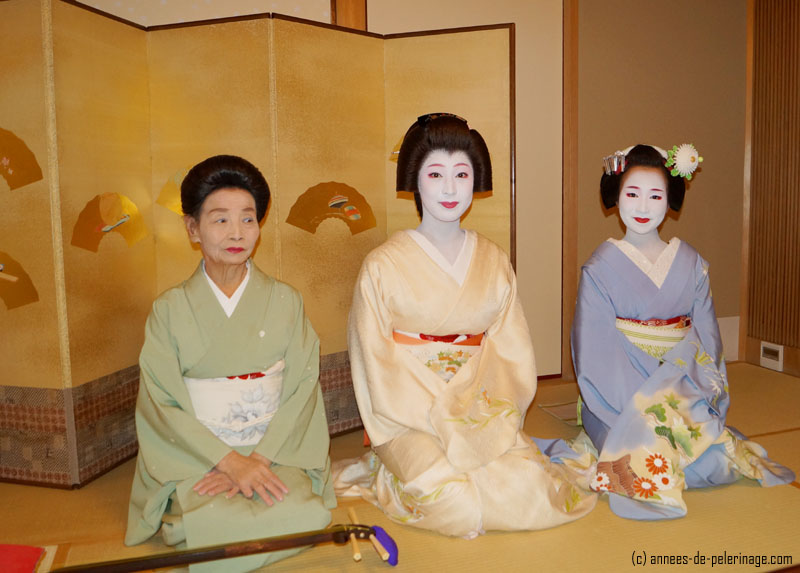
If money doesn’t matter, and I mean really doesn’t matter, you should consider hosting an ozashiki. What translated as honorable tatami matted floor, is nothing but the Japanese name for a geisha party. All bookings have to be made through the kenban (geisha office), which will be impossible directly. You will need someone to vouch for you to do a booking. A few high-class ryokans will be able to offer you this service. Expect prices around 1,000 US-Dollars upwards. Here is a story from my first ozashiki.
Attention: There are a couple of tourist agencies offering group meetings. While not being an outright scam, these will not be able to give you the authentic geisha experience. If a picture is all you want, then this will be fine.
19. Watch a Kabuki Performance
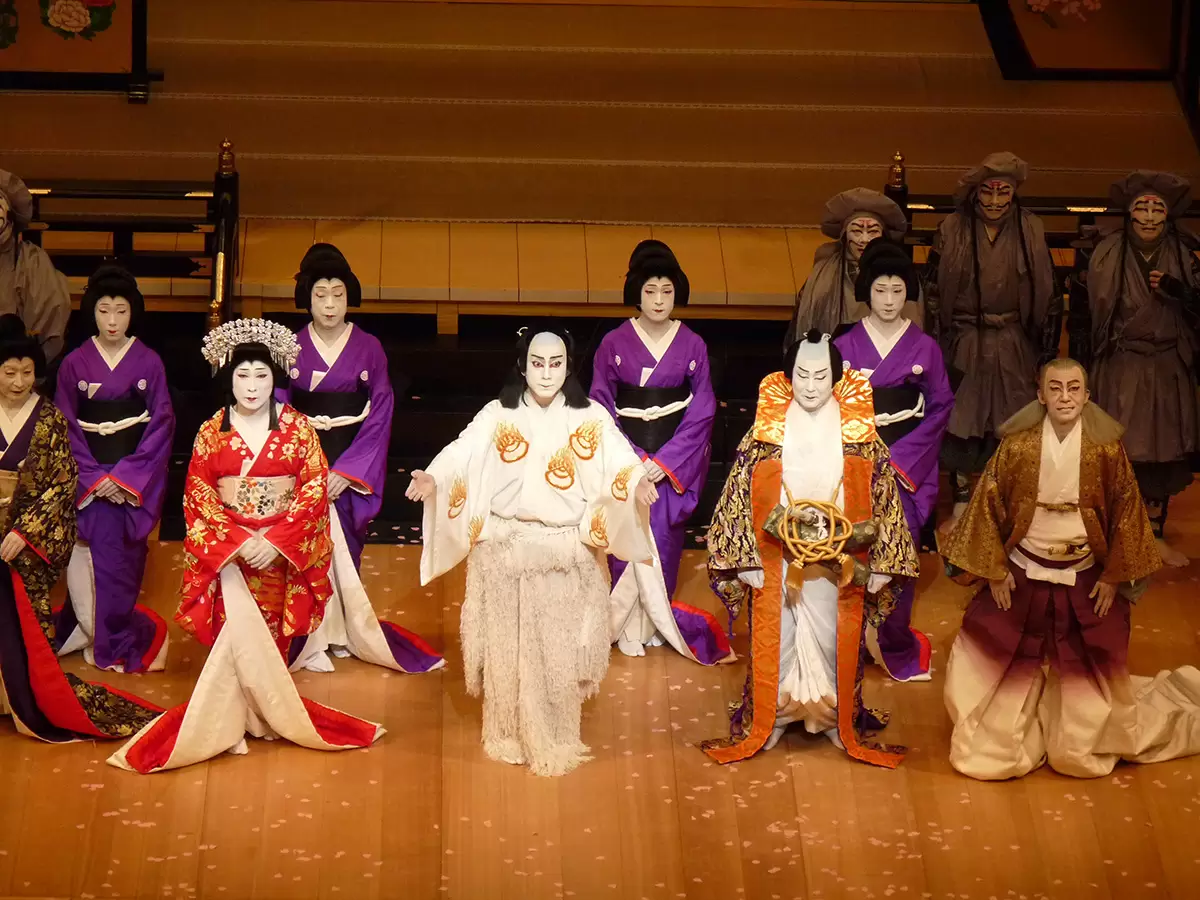
There is, believe it or not, yet more about Japanese performing culture than tea and geishas. Kabuki is a classical Japanese dance-drama. Only men of a decent age are allowed to participate, the prettiest among them incorporating the female roles. Don’t be afraid to go. There are earphone guides available to translate the formalized plays into English.
Pro tip: Go in December during the Hanamachi sōken – to see a performance and the many geishas attending!
20. Eat Kaiseki dinner
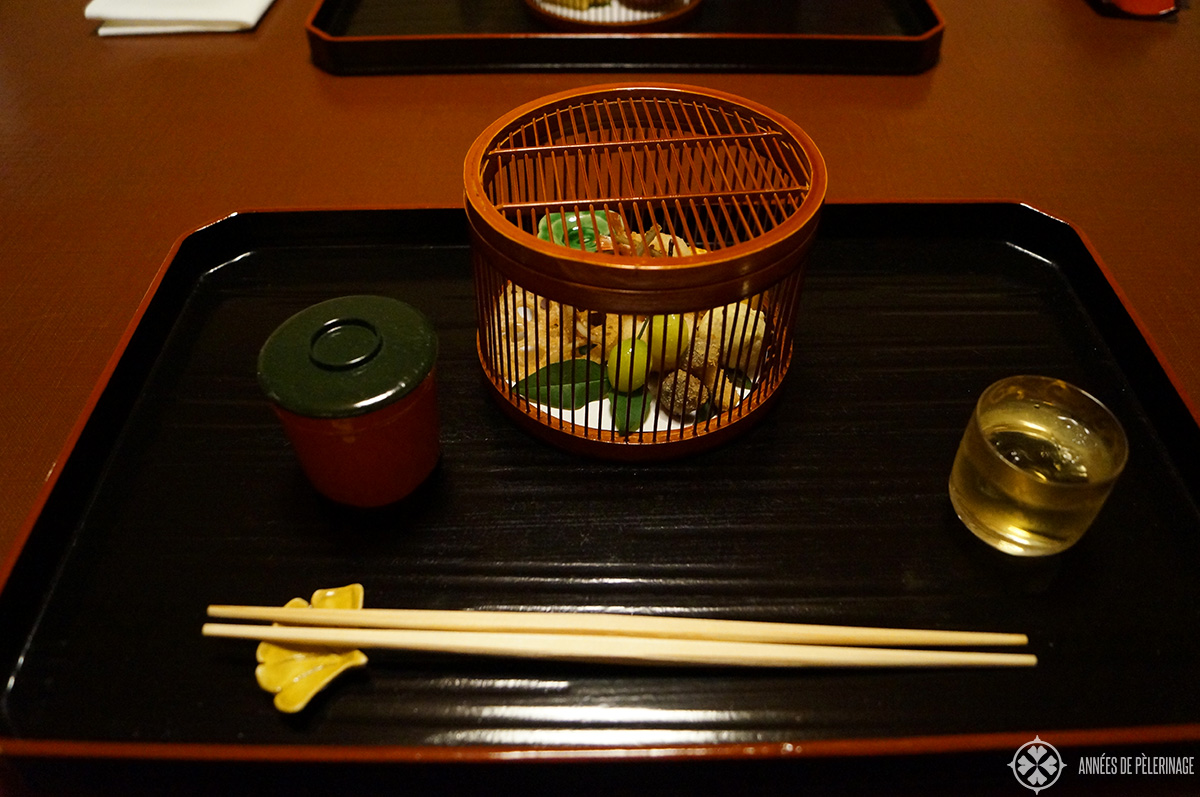
If you truly want to get intimate with Kyoto’s soul, you absolutely have to eat at least on Kaiseki dinner (懐石). It is a traditional multi-coursed menu that puts a huge emphasis on regional and seasonal ingredients. All courses will be presented on carefully selected (and often ancient) dishware, perfectly arranged to match the seasonal pattern. Each dish will be quite small, but there can be as much as 9 of them.
Pro tip: Don’t go to one of the cheap restaurants (where you can eat the so called casual kaiseki). Rather invest that extra dime to experience authentic Kaiseki at a traditional ryōtei (how the small restaurants serving it are known).
[Bonus] Sleep at a traditional Ryokan
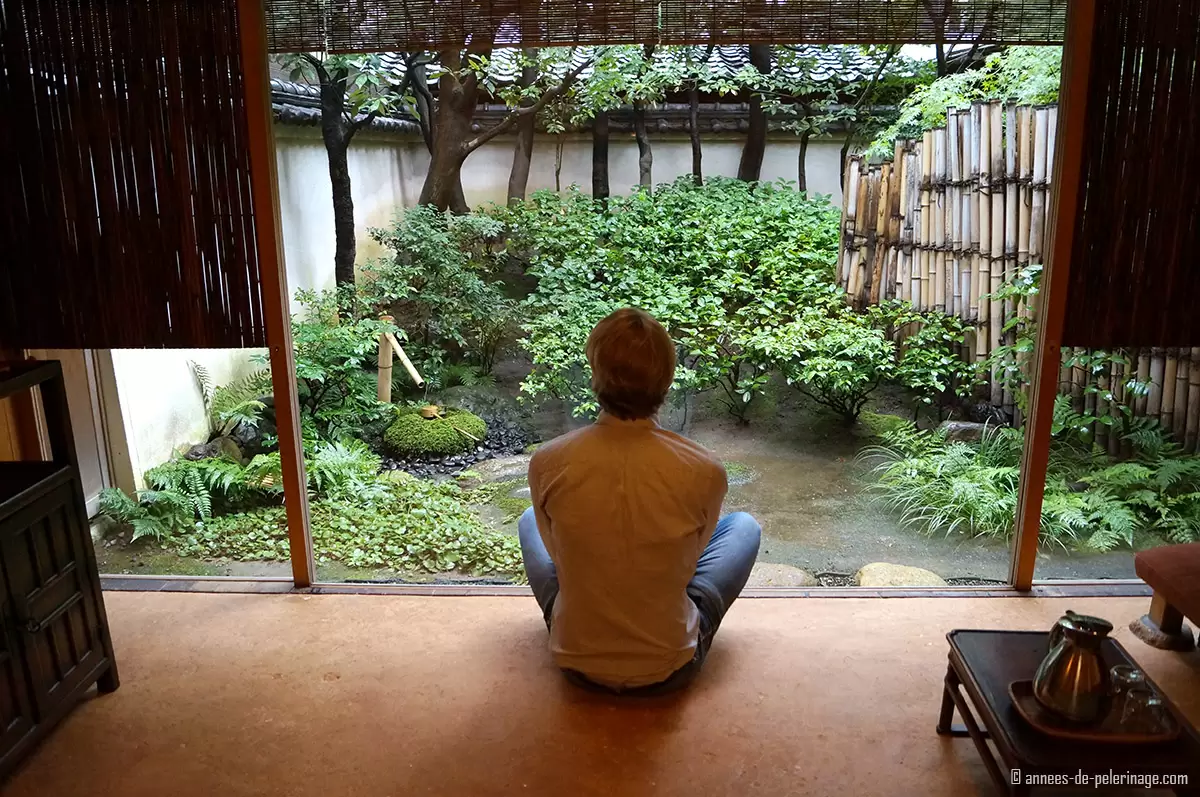
Last, but certainly not least on this list of things to do in Kyoto, you should definitely sleep at least one night at a traditional Ryokan. Ryokan are no hotels, but rather very elaborated guesthouses. One of them, the Tawaraya, often ranks among the top 10 hotels in the world (read my review, video included, of the Tawaraya here).
What makes them so special? They often have their own natural hot spring, you will sleep on traditional tatami mats surrounded by folding screens and priceless art. All food is served inside the room and is often the very reason Japanese stay at a Ryokan. Most of them are famous for their food. While Kyoto’s Tawaraya will cost you 1,000 dollar a night or more, there are way cheaper options as well.
Pro tip: Most better Ryokan’s in Kyoto serve excellent kaiseki. Since food is included in the room fare, it often cheaper to book a good Ryokan than staying at a cheap hotel & going out for dinner (provided you option for the same quality).
Other things to do in Kyoto
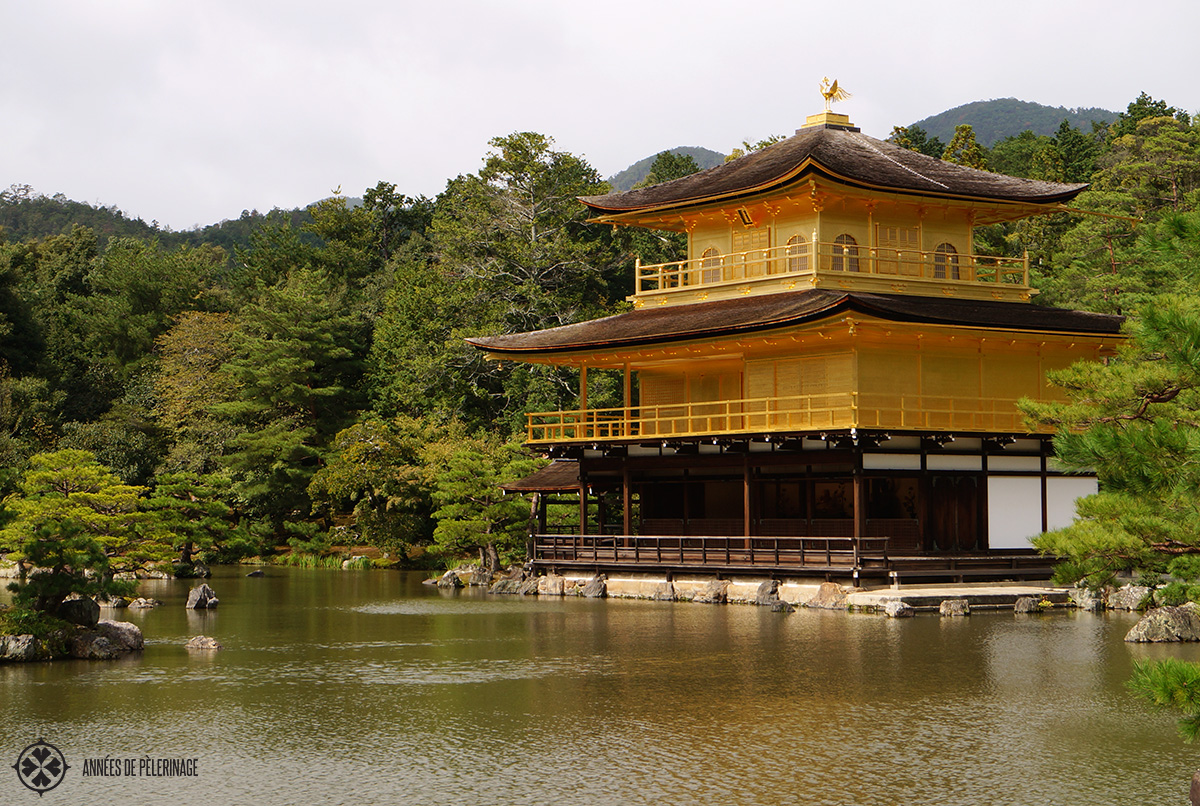
My, this list got very long. But I really felt like showing you the true beauty of the city. That being said, there are so many other things to do in Kyoto. There are like 400 shrines and 1,000 temples in Japan’s former capital. It is quite impossible to see them all. I really tried to limit this guide to all the highlights in Kyoto.
Kyoto is right in the middle of Japan and will be an excellent starting point for further day trips or to explore the rest of the country. Apart from Nara, fantastic Osaka (read my guide) or Lake Biwa would be excellent sightseeing opportunties. The Shinkansen high-speed train will get you anywhere in a matter of hours (or even minutes).
How long to stay in Kyoto?
How much time do you need for Kyoto? Hard to say. If you want to do all the tourist attractions on this list, you will probably need as much as five days in Kyoto. Even though you can probably see #1 to #7 in one day, I would certainly recommend you to stay at least 2 days.
I have been frequently asking myself just how many days in Kyoto is enough, and I only found one answer. A lifetime will probably not suffice. That’s why I wrote a more detailed article to answer your question here.
When is the best time to visit Kyoto?
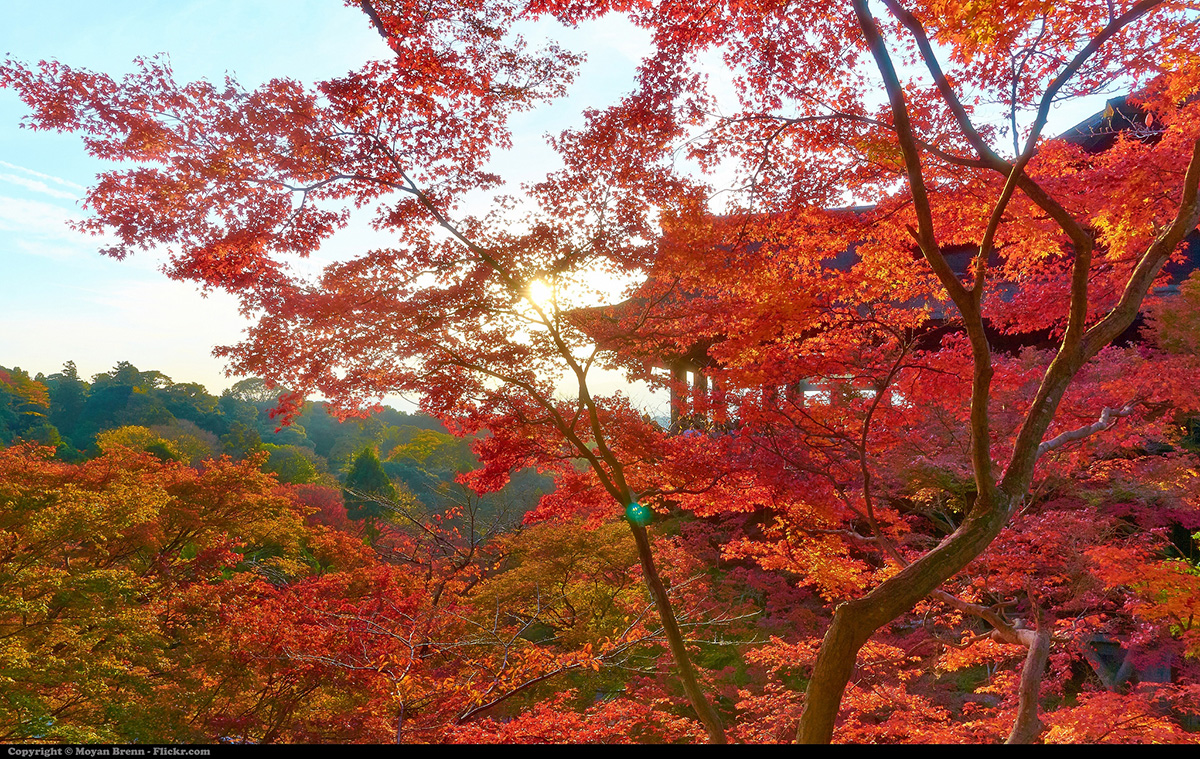
There are, quite obviously, two very popular seasons: The cherry blossoms will transform the city into a fairytale land in April, while late October/early November clothes the city in golden red autumn hues. Be aware that spring and autumn will also be the most crowded time of the year.
As Kyoto can be extremely hot and humid in summer, July and August might not be the best idea, though it is certainly nothing like visiting Uzbekistan during that time (and believe me, I did it!). In winter everything will be very quiet, but equally as beautiful. Celebrating New Year’s can be an excellent idea, as would be the Setsubun festival in February.
Pro tip: On October 22 you can attend the Jidai Matsuri (Festival of Ages), where a grand, grand costume parade tours the city.
So I hope you liked my little list of things to do in Kyoto. What do/did you plan to do? Any questions or suggestions? Do ask me in the comments below. And don’t forget to pin this article for later!
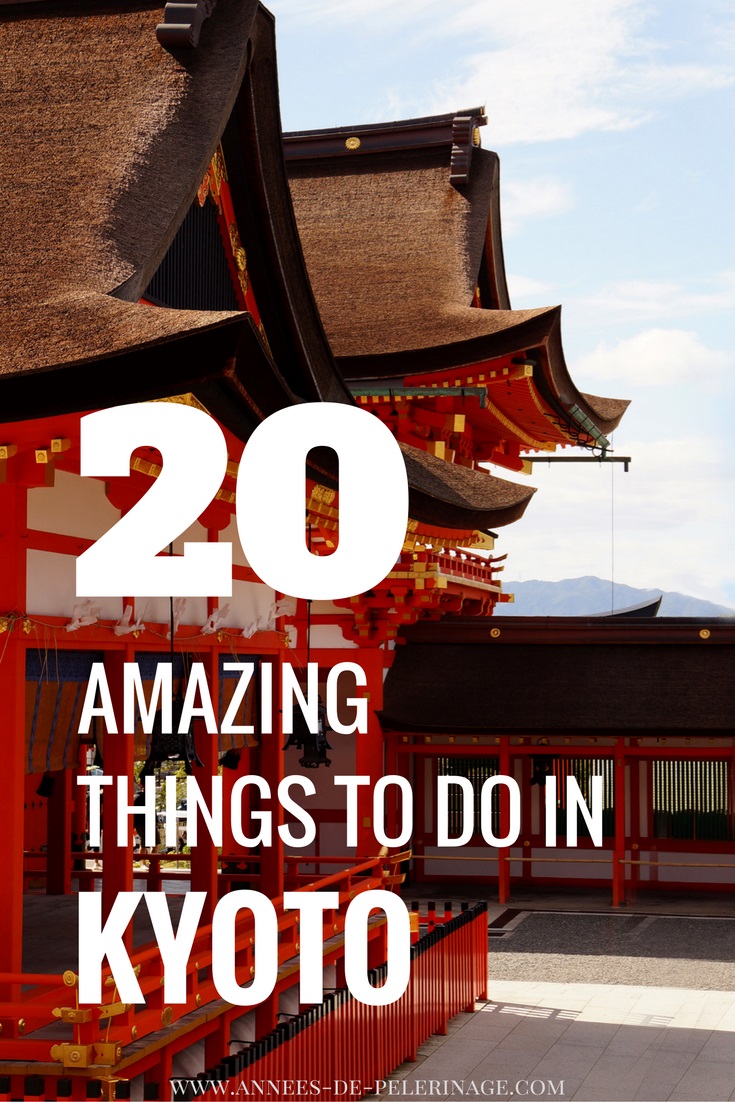
Picture credit: Aussie Assault, Prayitno, andrew_markle, kanegen, Armand, Moyan Brenn, GanMed64, Jirka Matousek


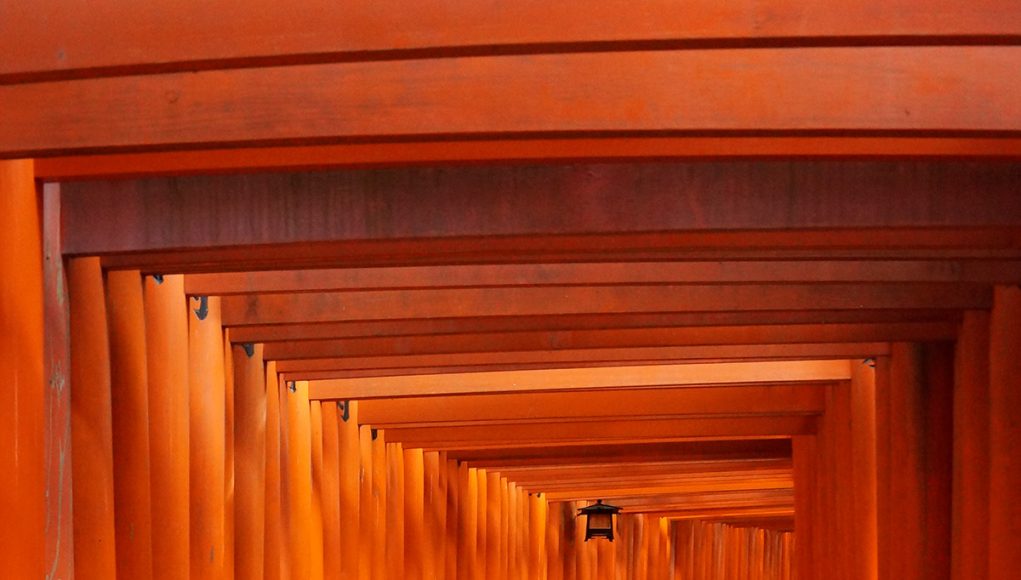
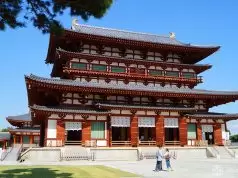

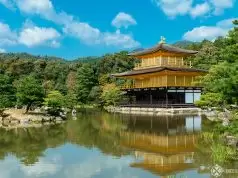

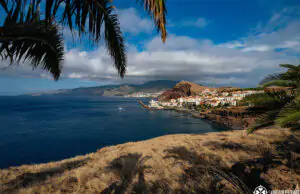
Interesting. Thank you for sharing !
Kyoto is still our favorite place we’ve ever visited! You hit all of our favorite places and things to do as well. :) Excellent read!
I can only agree. Kyoto is marvelous. Currently planning to return next spring! <3
The bamboo grove looks amazing! I would love to visit!
The picture itself speaks how beautiful Tokyo is. I’ve been there when I was young and it is one of the most beautiful experience I remembered.
Wonderful images and inspiring text. I want to go back! Thank you.
Hi, nice info… i will visiting Kyoto next April… could you please info me a place to rent Japanese Traditional Clothes (for photo purposes) around Araishiyama or Ninen Zaka Area?
Thank you
Hey Nagoro,
sorry, I can’t help you there. I never really was into dressing up all that much. But I am sure a local tourist agency will be more than willing to help you out!
Hai…
Its ok….hope i will find one rental place in those area…
Thank you Norman
Hi, I have three full days in Kyoto coming up and I was going to spend one of them in Nara, but I find there are so many amazing things to see in Kyoto that I’m considering skipping the day trip to Nara, what do you think? 2 days Kyoto+1 day Nara, or 3 days Kyoto? Can’t decide eeek
Hey Jessica
Uh..that’s a tough question. Nara is amazing as well…there are tame deer roaming literally all over town and wonderful temples as well.
But it depends: If you got three full days in Kyoto I’d say a day trip to Nara is quite okay. But kyoto has 17 UNESCO World Heritage sites and you won’t be able to see them in three days either. So it really depends on which temples you really want to see! ;-)
Kasuga Taisha (https://www.annees-de-pelerinage.com/kasuga-taisha-shrine-nara/) and Todai-ji are outstanding…and so is Hōryū-ji.
If too many temples and shrines are not your thing, then i’d stay in Kyoto! :)
Your picture of Byodo-in is actually a photo of the copy at Valley of the Temples in Honolulu.
oh wow. you are totally right. Exchanged it.
My husband and I are traveling to Tokyo in late August and are planning a day trip to Kyoto (which I’m tying to turn into an overnight so we have more time). If we take the bullet train from Tokyo we would arrive around 8:30am and leave around 9:00pm. Of the items listed, plus aiming for a 5:45 stop in Gion to test our luck in seeing a geiko, what would you suggest we include in our itinerary?
Also, in your experience, will dining be difficult in Japan for someone with a strong aversion to seafood/fish?
Thanks!
Hey Melissa,
while seafood is very popular in Japan, there are quite a lot of pork and beef specialties. You will have no problem whatsoever – even if you are vegan. Just don’t go to a sushi place or a traditional kaiseki dinner as these always involve fish! ;-)
If you only got one day, I really have no clue what you should pick. Probably the golden temple, possibly fushimi Inari (though it is a bit further outside!!! and will eat away half a day), the castle hm. I’d actually say one day is just not enough.
Wonderful guide, thank you for putting in all this time and effort. you can feel how much you love the city in your write up.
Yeah..i just love Kyoto. Will be back in 3 weeks! yay :)
Hi!
Were planning to tour Kyoto tomorrow by our own, we have JR Pass Can you pls help me which place to visit first? We start in Namba JR Station, Like the Bamboo Groove then Path of Philosophy.
Please guide!
Thank you,
Irene
Hey Irene,
I cannot possibly answer that as you won’t be able to cover all 20 items in one day. Sorry. But still, enjoy Kyoto!
Love this list – thank you! I see on the Imperial Palace Tokyo where to apply for tickets, but when I do the same for the Imperial Palace Kyoto it seems as if you do not need tickets. Am I missing something? Unfortunately, we can not visit the Katsura Imperial Villa or Kyoto Sento Imperial Palace as we are traveling with kids under age 12.
To be quite honest with you, I always got the tickets for Kyoto directly at the household agency. My favorite Ryokan is just a quick walk aways and it always worked like a breeze.
Hi, such a great information, thank you for sharing it.
I’m interested in seeing oji inari parade on new year eve. I saw only that it happens in Tokyo but do you know if there’s similar parade in Kyoto or Osaka areas?
Thanks
Sorry, I don’t know Basan. I’d have to google that myself.
Thank you norman, I couldn’t find either anything online :/
Hi, what a great list of places, it all sounds very exciting and I can’t wait to explore Kyoto in May when I jet off to Japan. Can I ask, how did you get around Kyoto, to the temples & shrines in the city and the day trips further afield?
Thanks,
Kirsty
Public transport is quite marvelous in Kyoto, so you will have no problem getting around. I sometimes also take the taxi – it might be expensive but for some connections it is way faster.